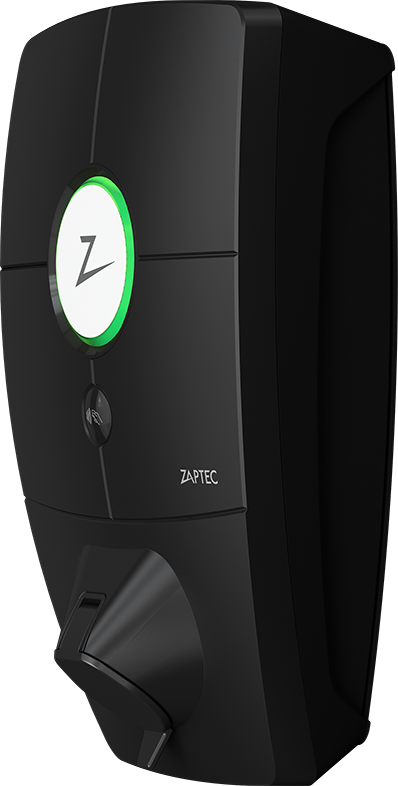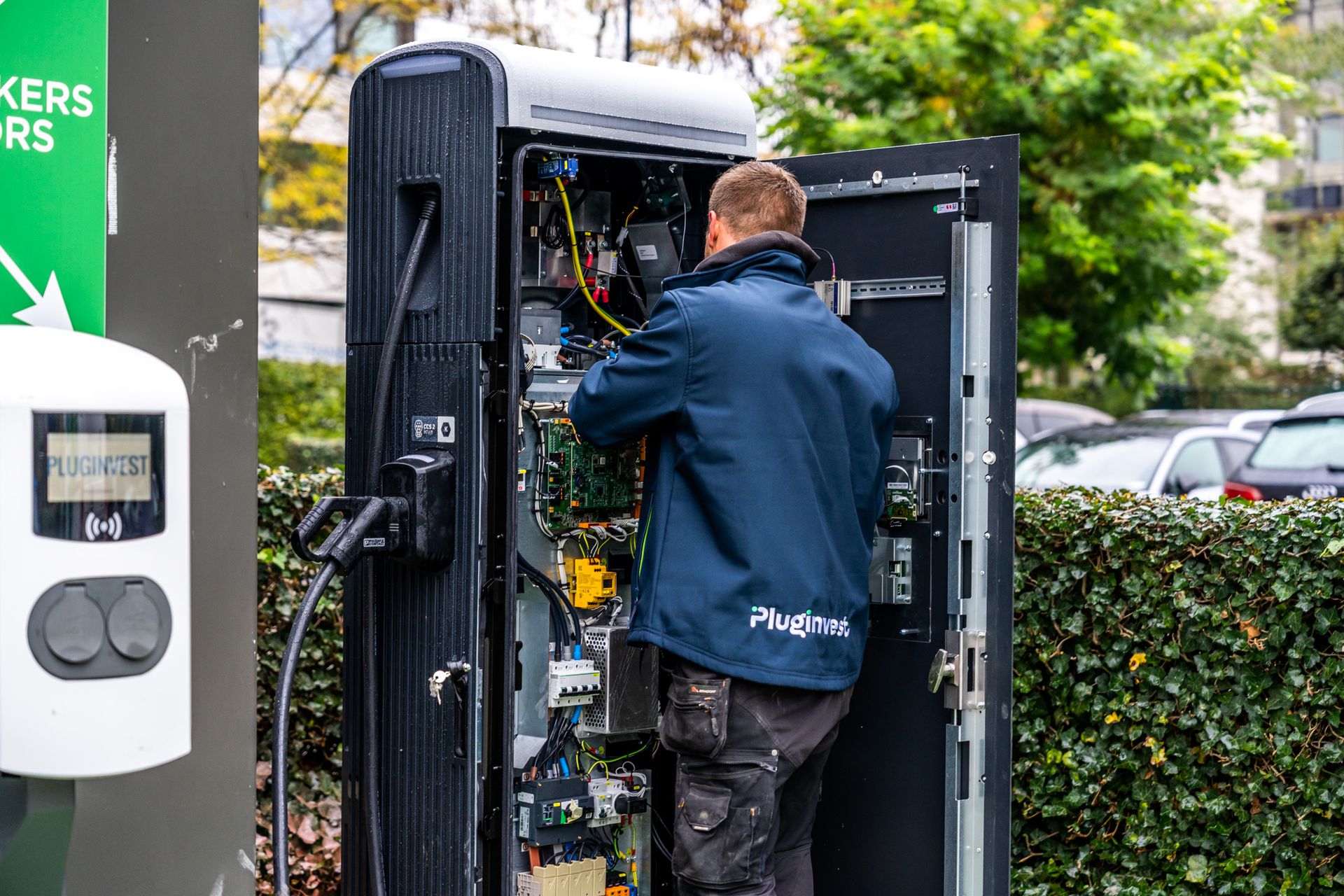The type of charging station you can install at your home or business depends on the power grid connected to the building. In Belgium, this can be 1-phase or 3-phase. But what exactly does that mean, and what are the pros and cons of both? In this blog article, we discuss everything you need to know about 1-phase and 3-phase electric car charging.
What is the difference between 1- and 3-phase?
To understand the difference between 1-phase and 3-phase charging, it is important to know how a power network works. There are two types of power networks:
Single-phase network (1-phase): This is the most common type of network in older homes. It has a cable with two wires, called the neutral wire, running to the meter box and a phase wire supplying 230 volts. alternating current.
Three-phase network (3-phase): This type of network is more often used in businesses and new buildings. Because these buildings have higher power consumption. Four wires are used here: a neutral wire and 3-phase wires. It supplies 400 volts alternating current (AC).
1-phase charging
With 1-phase charging, the electric car is charged with a single current from the 230 Volt AC connection. This is the simplest and most economical way of charging, and is therefore suitable for most electric cars. The charging capacity is limited to 7.4 kW, which means it takes longer to fully charge the battery.
3-phase charging
With 3-phase charging, the electric car can be charged with three currents from the 400 Volt AC connection. This provides much higher charging power, up to 22 kW. As a result, the battery is charged faster. 3-phase charging is more expensive than 1-phase charging, and also requires a special 3-phase connection and charging station.
Why doesn't 2-phase charging exist?
A 2-phase connection exists in some homes, but this is not interesting for charging your electric car. If you do have a 2-phase connection, you can simply use it as 1-phase to connect your charging station.
Which network connection do I have?
In the fuse box there is an electricity meter on which you can read what type of power network you have.
Does it say 220 V or 230 V? Then it is a single-phase connection.
Does it say 3 x 220/230 V or 380/400 V? Then it is a 3-phase connection
TO BE ON THE SAFE SIDE, IT IS BEST TO CONTACT FLUVIUS OR YOUR GRID OPERATOR.

Upgrading the power grid
If you have an EV that can handle 3-phase charging, but you only have a 1-phase connection at home, you have two options:
1-phase charging: you can charge the electric car at 1-phase. This will be cheaper but also slower. If you don't use your car often or don't need to do long distances, this is a great option.
Upgrade to 3-phase: if you want to charge often and quickly, it is better to upgrade your network to 3-phase. You can request this from your network operator e.g. Fluvius. This will cost you around €300.
Pros and cons
1-phase charging
Cheaper, easy installation, suitable for most electric cars
Lower payload, longer charging times
3-phase charging
Higher charging power, shorter charging time, future-proof for new EVs
More expensive to buy, more complex installation, requires an attenuation in some cases
Which method is best?
The best method for you depends on several factors, such as:
Your electric car: older models of EVs usually do not support 3-phase charging. The newest models, with large batteries, do. If your EV can charge 3-phase, it's better to choose this. That way you can be sure of a whole future-proof charging system that charges quickly and lasts a long time.
Your specific needs: how often and how long do you drive per day? If you make a lot of long trips for work, for example, 3-phase charging is a lot more convenient because it allows you to charge faster
Your budget: 3-phase charging is more expensive than 1-phase charging. But a 3-phase charging station is a good investment for the future.
Suitable charging stations
These high-performance charging stations are suitable for both 1-phase and 3-phase charging:

Alfen Eve Single Pro
The Eve Single Pro-line is a smart charging solution and is optimally suited for private and semi-public locations.

Zaptec Pro
The Zaptec Pro is a smart and efficient charging device for large parking lots of residences, businesses or new construction projects.

Zaptec GO
The solution to comfortably charge your car at home. With this compact charging station you charge your EV in no time!
1-phase charging is a great option for most electric cars with small batteries and limited charging needs. 3-phase charging, on the other hand, is a lot faster and more future-proof, but also a lot more expensive. It's important to make a choice based on your own needs and budget.
Still not sure whether you need 1-phase or 3-phase? Ask for free advice from one of our welding experts via this form
